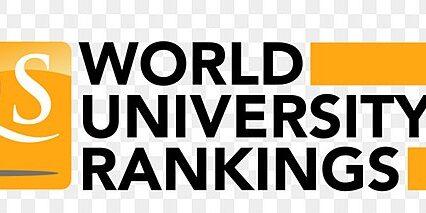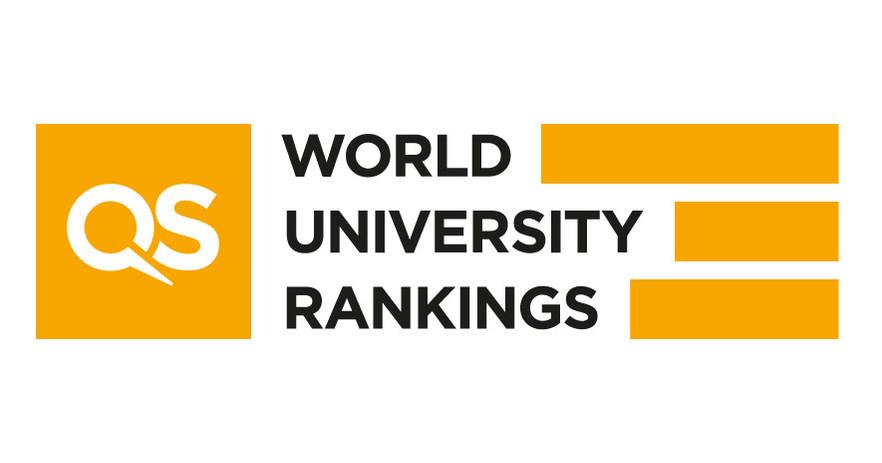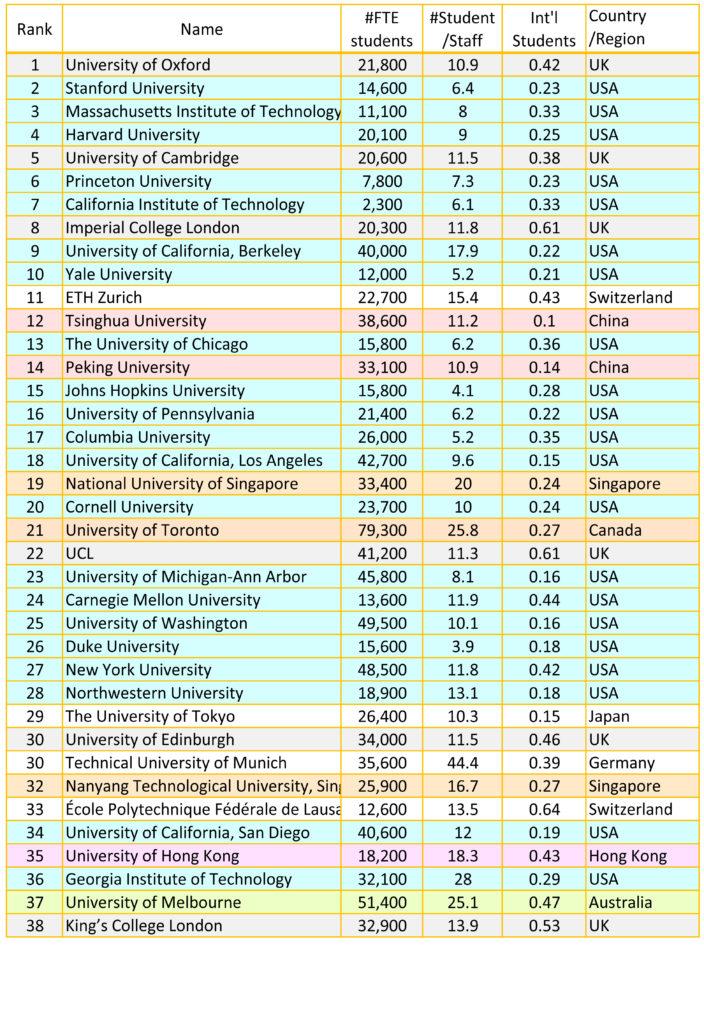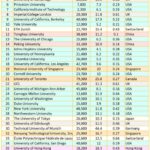Now Reading: Decoding University Rankings: What They Mean and How to Use Them.
-
01
Decoding University Rankings: What They Mean and How to Use Them.
Decoding University Rankings: What They Mean and How to Use Them.
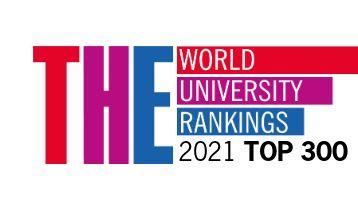
In the ever-evolving landscape of higher education, university rankings have emerged as both a beacon and a labyrinth, guiding prospective students and institutions alike through a complex web of metrics and perceptions.These numerical snapshots, frequently enough splashed across glossy brochures and digital platforms, promise insight into academic excellence, research prowess, and overall prestige. Yet, as we dive into the world of university rankings, a crucial question arises: What do these rankings really meen, and how can we harness their potential to inform our educational choices? In this article, we will embark on a journey to decode the multitude of ranking systems, unravel the methodologies behind them, and explore how to interpret this data to empower your quest for the ideal academic environment. Whether you’re a high school senior weighing options or a seasoned professional considering further education, understanding university rankings is key to navigating the mysteries of modern academia.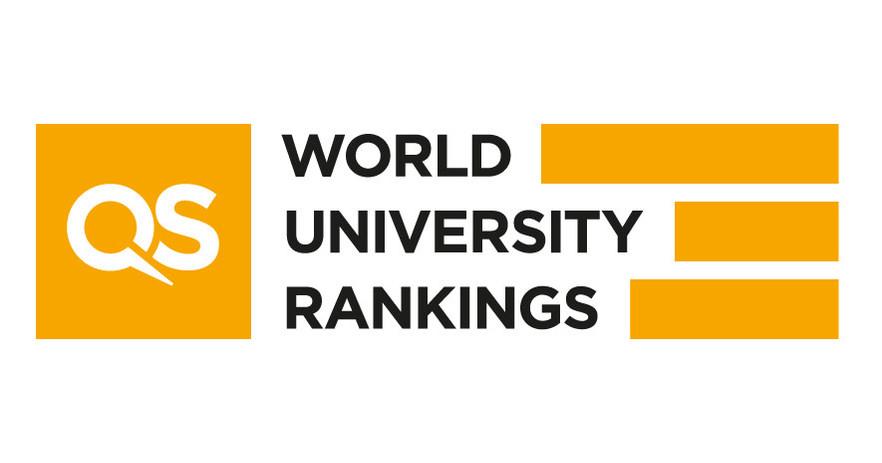
Understanding the Criteria Behind University Rankings
University rankings are shaped by a myriad of factors that collectively aim to assess the quality of educational institutions. These criteria typically include academic reputation,research output,and faculty-to-student ratios. Additionally, institutions are evaluated based on employability of graduates, international diversity, and the availability of resources such as libraries and labs. As possible indicators of institutional effectiveness, these metrics can vary substantially between different ranking organizations, leading to diverse outcomes and perceived standings. Understanding these diverse criteria is essential for students and parents alike when navigating potential educational paths.
Different ranking systems employ unique methodologies that further complicate the landscape of university standings. For example, the QS World University Rankings frequently enough places critically important emphasis on global academic reputation and peer assessments, while the Times Higher Education rankings might focus more on research income and citations per faculty member. here’s a simple comparison of potential criteria across notable ranking systems:
| Ranking System | Key Criteria |
|---|---|
| QS World University Rankings | Academic reputation, Employer reputation, International faculty ratio |
| Times Higher Education | Teaching, research, International outlook |
| Academic Ranking of World Universities (ARWU) | Quality of education, Quality of faculty, Research performance |
By dissecting these criteria, prospective students can better articulate what they seek in a university experience, whether it’s research opportunities, specific program strengths, or overall institutional prestige. Utilizing these insights effectively can lead to more informed decisions regarding where to apply and study, ensuring that the chosen institution aligns with one’s academic and career aspirations.
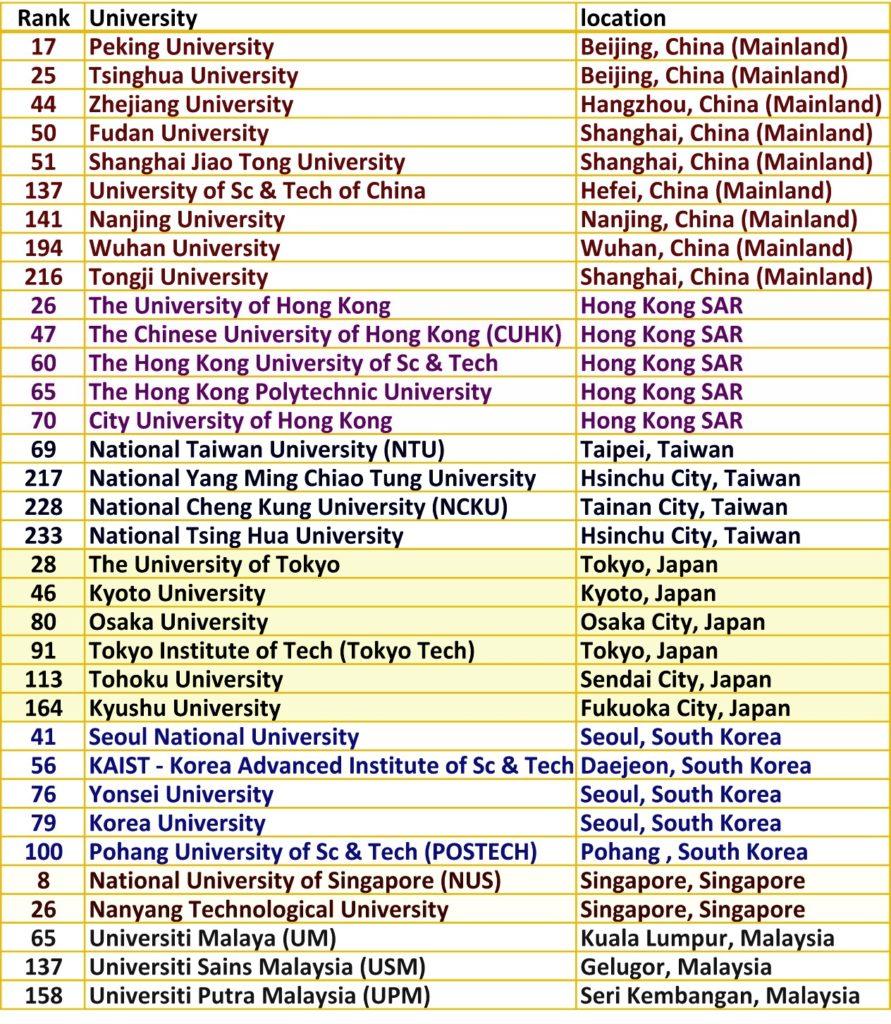
Interpreting the Results: What rankings Reveal About Institutions
university rankings serve as both a mirror and a spotlight for educational institutions, revealing not only their strengths but also areas that require advancement. They encapsulate various metrics, such as academic reputation, research output, and student satisfaction, thus helping prospective students and faculty gauge an institution’s performance against its peers. By analyzing these rankings, stakeholders can discern patterns in the data that give insight into an institution’s quality and growth potential. Though,it’s crucial to interpret these rankings with a critical lens,considering the methodologies behind them and the specific criteria that may or may not align with individual needs and values.
Among the diverse methodologies employed, some key factors often highlighted include:
- Research Impact: The volume and quality of published academic papers.
- Teaching Quality: Student-to-faculty ratios and feedback mechanisms.
- International Diversity: The mix of students and faculty from various countries.
- Employer Reputation: Insights gathered from surveys of employers.
Understanding what each ranking emphasizes can definitely help create a more tailored approach to choosing an institution. Here’s a simplified view of how a few popular rankings differ in their assessment criteria:
| Ranking | Key Focus Areas |
|---|---|
| QS World University Rankings | Academic reputation,employer reputation,faculty/student ratio |
| Times Higher Education | Research,teaching,citations,international outlook |
| ARWU (shanghai Rankings) | Research output,Nobel Laureates,highly cited researchers |
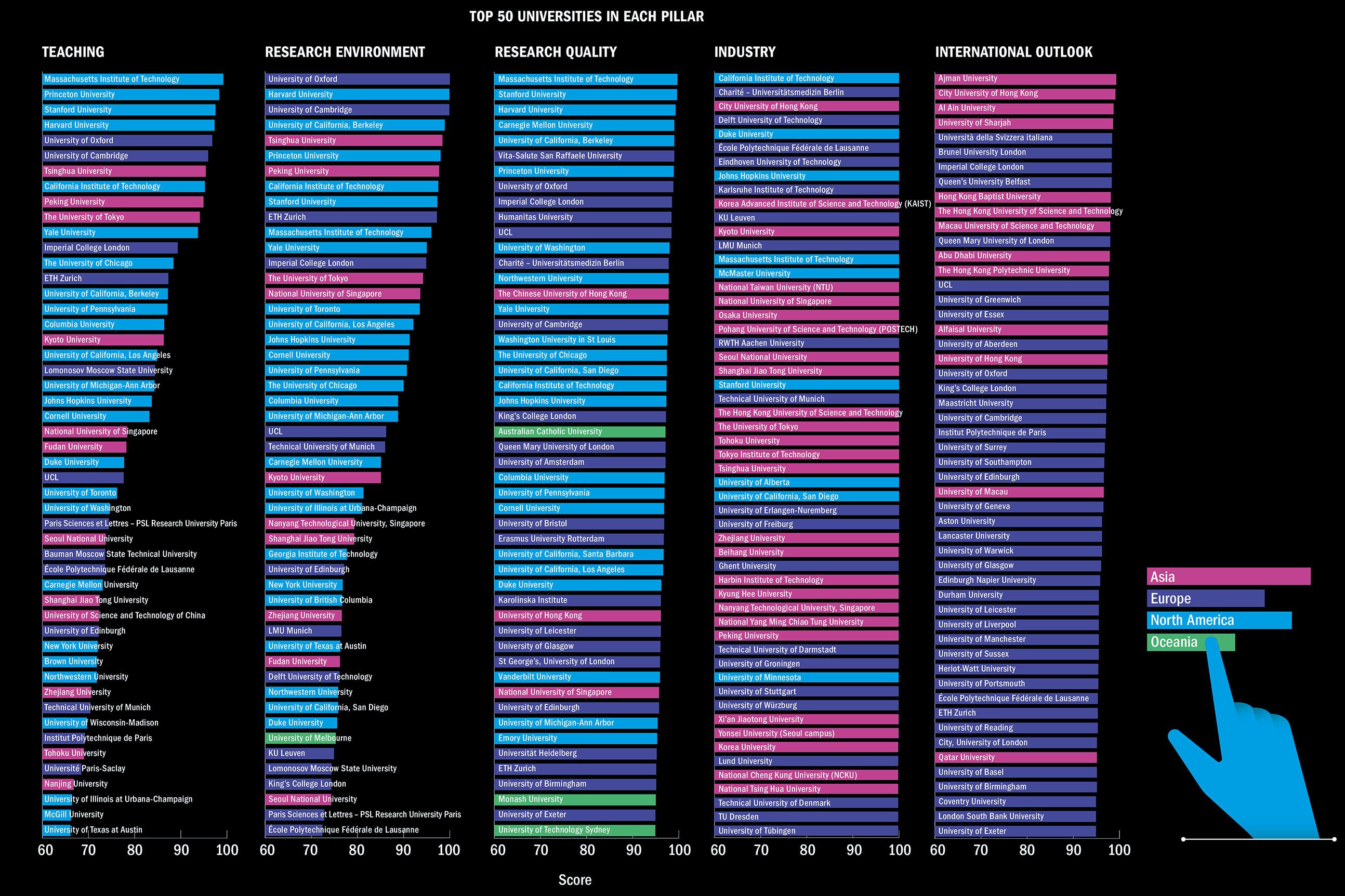
Navigating the Rankings Landscape: A Guide for Prospective Students
As you embark on your journey to select the ideal university,understanding the nuances of university rankings can significantly impact your decision-making process. These rankings often encompass a variety of criteria, reflecting diverse aspects of each institution. While they can provide a helpful overview, it is crucial to look beyond the numbers and recognize the factors that align with your personal and academic goals. key criteria to consider include:
- Academic Reputation: The perceived quality of faculty and research output.
- Student Satisfaction: Surveys capturing student experiences and support services.
- Job Placement Rates: The success of graduates in securing employment.
- Faculty-Student Ratio: An indicator of the attention a student can expect.
Moreover, it’s essential to interpret these rankings in context. A university ranked highly in one discipline may not necessarily excel in another.To help clarify the landscape, we can break down a few of the most influential rankings and their focus areas in the table below:
| Ranking Source | Primary Focus | Notable Features |
|---|---|---|
| QS World University Rankings | Global Academic Reputation | Employer reputation, faculty/student ratio |
| The Times Higher Education | Research Quality | global research partnerships, citations per faculty |
| U.S. News & World Report | Graduate Outcomes | Peer assessments, financial resources |
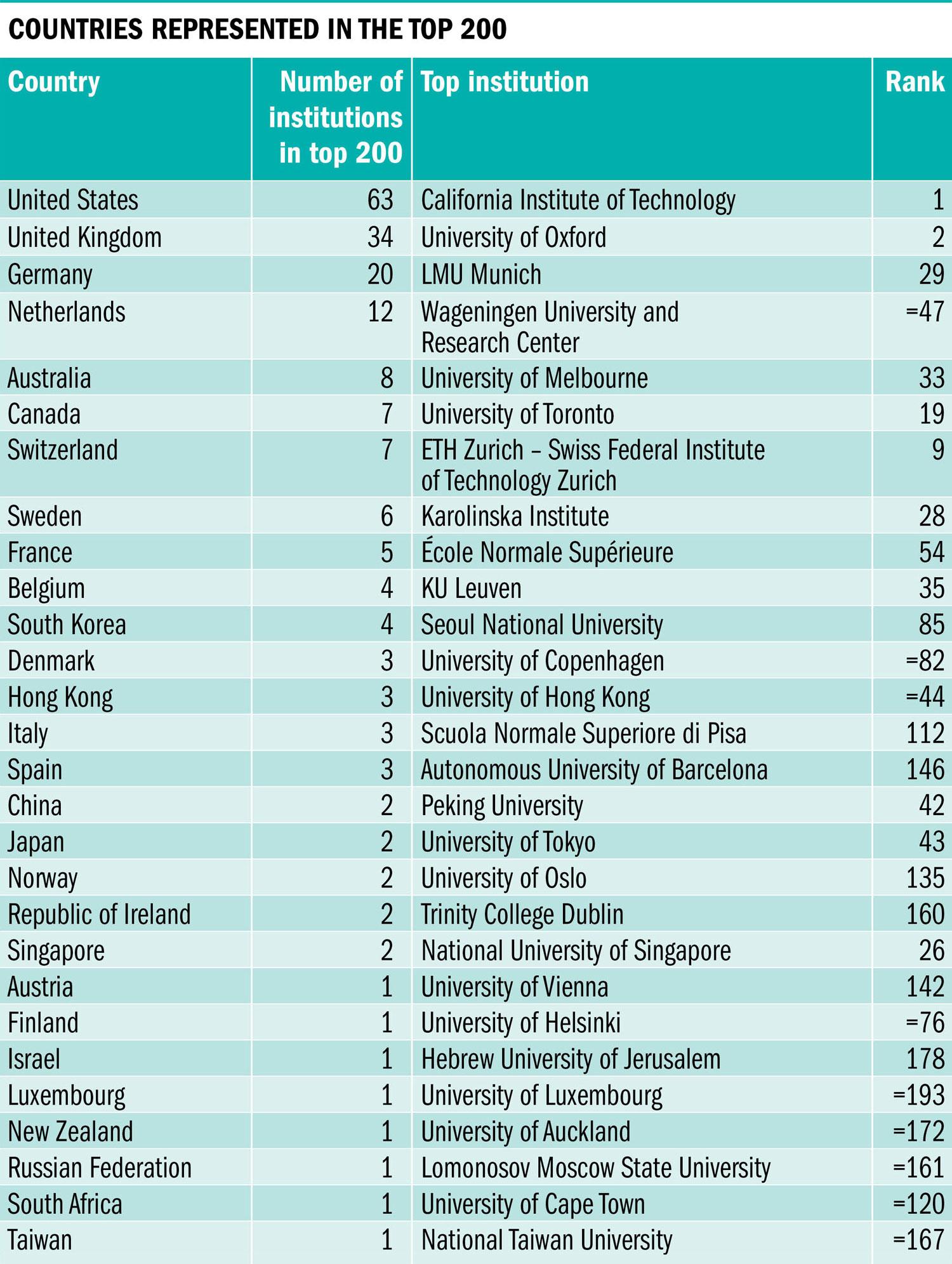
making Informed Choices: Leveraging Rankings to Find the Right Fit
Navigating the landscape of university rankings can be an enlightening journey when you know how to interpret the metrics and methodologies behind them. To make informed choices,it’s essential to consider several factors that rankings often reflect,such as academic reputation,employment outcomes,and student satisfaction. By assessing these elements, prospective students can gain a comprehensive understanding of what each university offers beyond mere numbers.Here are points to consider when analyzing rankings:
- Understand the criteria: Different rankings prioritize various elements, ensuring you choose one that aligns with your personal values.
- Compare like with like: Look at institutions offering similar programs or in the same geographical region to get a clearer picture.
- Evaluate the methodology: Investigate how the rankings are compiled; transparency is vital for trust.
Moreover, to effectively utilize these rankings, consider creating a customizable comparison table to help visualize your options better. This can include factors like campus culture, faculty-to-student ratios, and available resources. Here’s a simple example:
| University | Rank | Campus Culture | Resources |
|---|---|---|---|
| university A | 12 | Diverse & Inclusive | Extensive Library |
| University B | 25 | Innovative & Tech-Savvy | State-of-the-Art Labs |
| University C | 8 | Traditional & Prestigious | Rich Alumni Network |
This approach not only aids in comparing potential universities but also highlights the attributes that resonate with your individual aspirations and preferred campus environment. By using rankings as a tool for deeper analysis rather than as a definitive guide, you will be better equipped to find the institution that truly aligns with your educational goals.
Insights and Conclusions
As we draw the curtain on our exploration of university rankings, it’s clear that these metrics are more than just numbers—they are reflections of the intricate tapestry that makes up higher education. while they provide a lens through which to evaluate institutions, the real value lies in understanding their limitations and context.Each ranking comes with a unique methodology, emphasizing different aspects of academic life—from research excellence to student satisfaction.
Navigating this landscape can be daunting, but armed with a critical eye, prospective students and educators alike can use these rankings not as definitive guides, but as starting points for deeper examination. Ultimately,the best university for you may not be the one perched at the top of a list,but the one that aligns most closely with your personal goals and values.
So as you embark on your academic journey or aim to enrich your institution’s standing, remember: university rankings are just a piece of the puzzle. cultivate your curiosity, ask questions, and seek out experiences that resonate with your aspirations. in doing so, you will not only decode the rankings but also uncover the rich potential that higher education has to offer.













